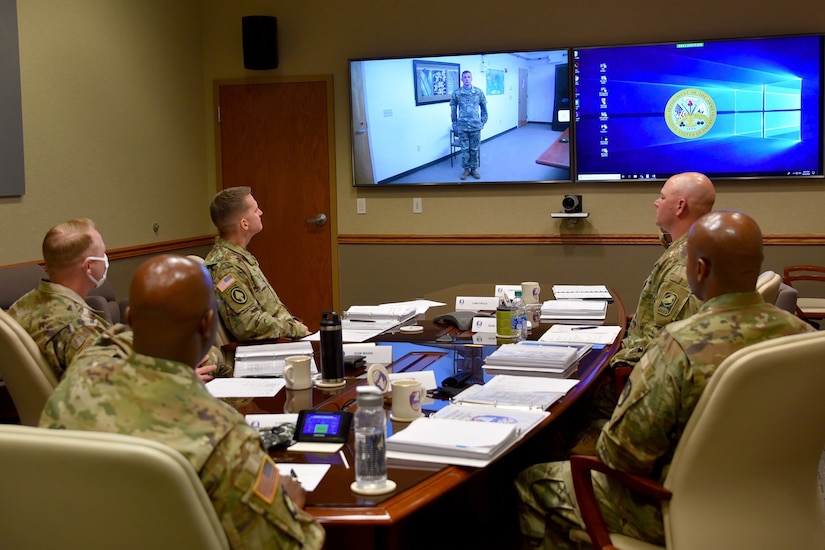The next adversarial confrontation will begin in the digital world of the space and cyberspace domains, Air Force Gen. John E. Hyten, the vice chairman of the Joint Chiefs of Staff, said.
Personnel working in those domains will "become the front line of the fight."

"It's critical that we look at that structure as a warfighting problem, and that's what the CIO is doing now, so that's tremendous," he said, referring to the Defense Department's Office of the Chief Information Officer.
The vice chairman spoke at today's chief information officer global town hall, via commercial virtual remote, which was attended by cybersecurity and information technology personnel from across the department.
The CIO has been effectively partnering with the joint community, the Joint Requirements Oversight Council and other elements within the Pentagon, he said.
"Because of that, we're in a much better position," he continued. "It's going to be critically important that we work together to define the future of the digital world."

"In the past, preparing for battle meant drawing lines of responsibility for the air component, maritime component, land component and allies and partners component," he said. "Then we figured out how all those things are going to come together."
"In the battlefield of the future, the biggest thing that changes is there are no lines anymore," he said, explaining that Army, Navy, Air Force and partner assets will be used to support each other rather than operating separately.
"If you can do that all at the same time, then the adversary has no idea where the next strike is coming from, and you've then created a problem for the adversary that is so significant they will not risk attacking you," Hyten said.
But in order for that to happen, the key becomes the data, he said. The data has to be able to work. Every sensor on the battlefield, every sensor in space, every sensor on the ground has to be able to take the data and feed it into a common environment.

That common environment then has to be able to take the data and provide it to anybody who needs that element of the data, he said. Each component commander will have the ability to access this data.
"When they access the data and pull that information out, then we have to figure out how to command and control it, so we can de-conflict the fire from one element to the other, he said. "When that happens, everything changes, and our adversary will not be able to keep up. That's the ultimate deterrent."
Everything is about the data, he reiterated.
"We have to be able to build software quickly and reliably and adjust it quickly," he continued. "We have to be able to manage the entire digital infrastructure that we're going through. That's all true, but when it comes down to the basics, it's all about the data."






No comments:
Post a Comment